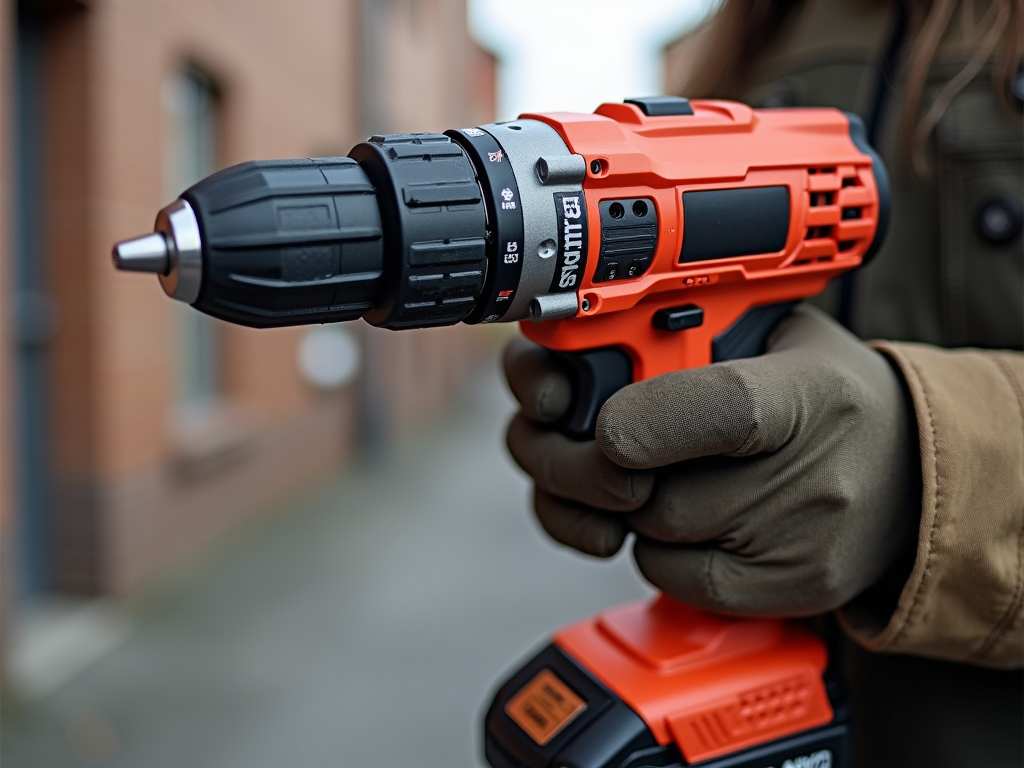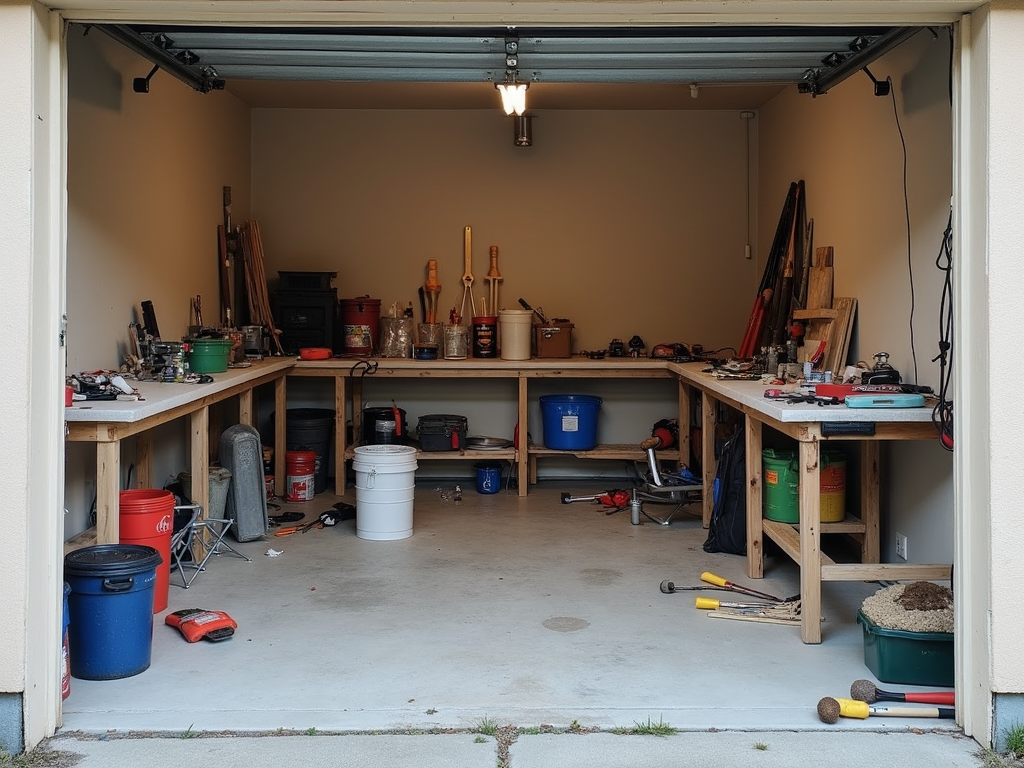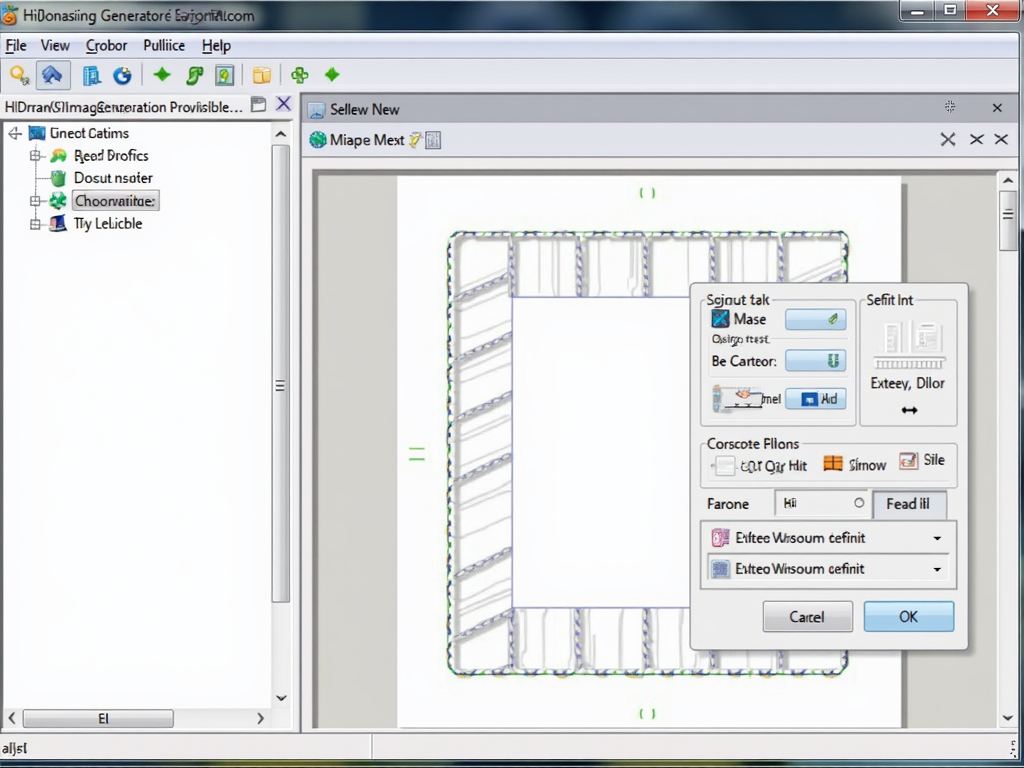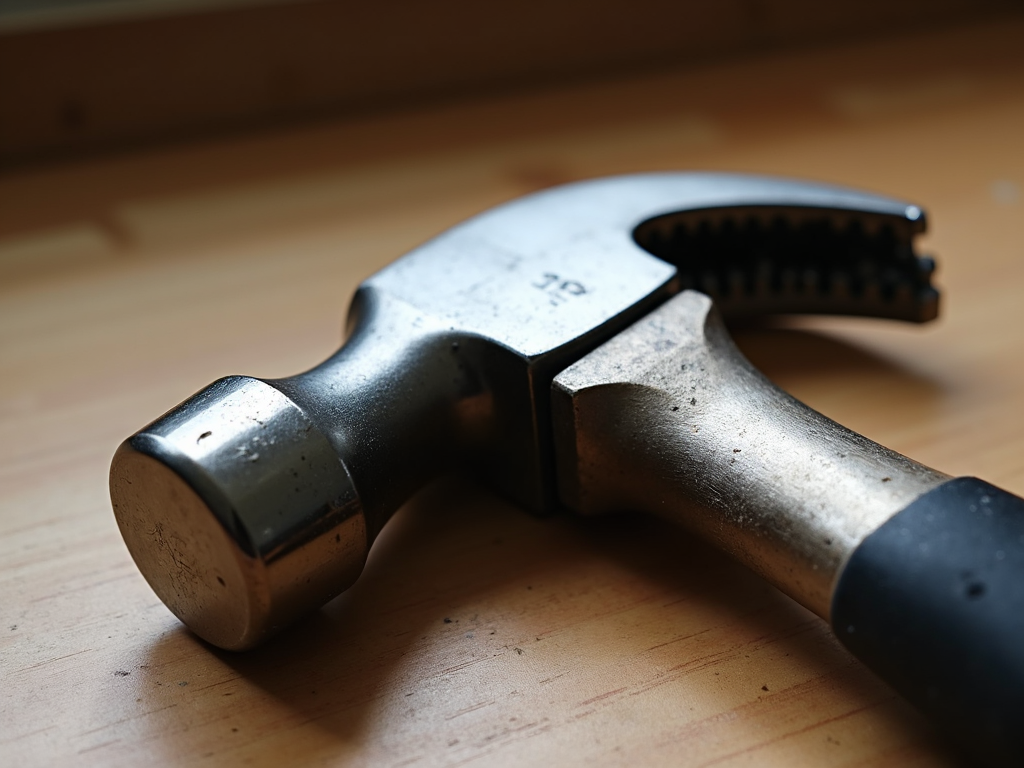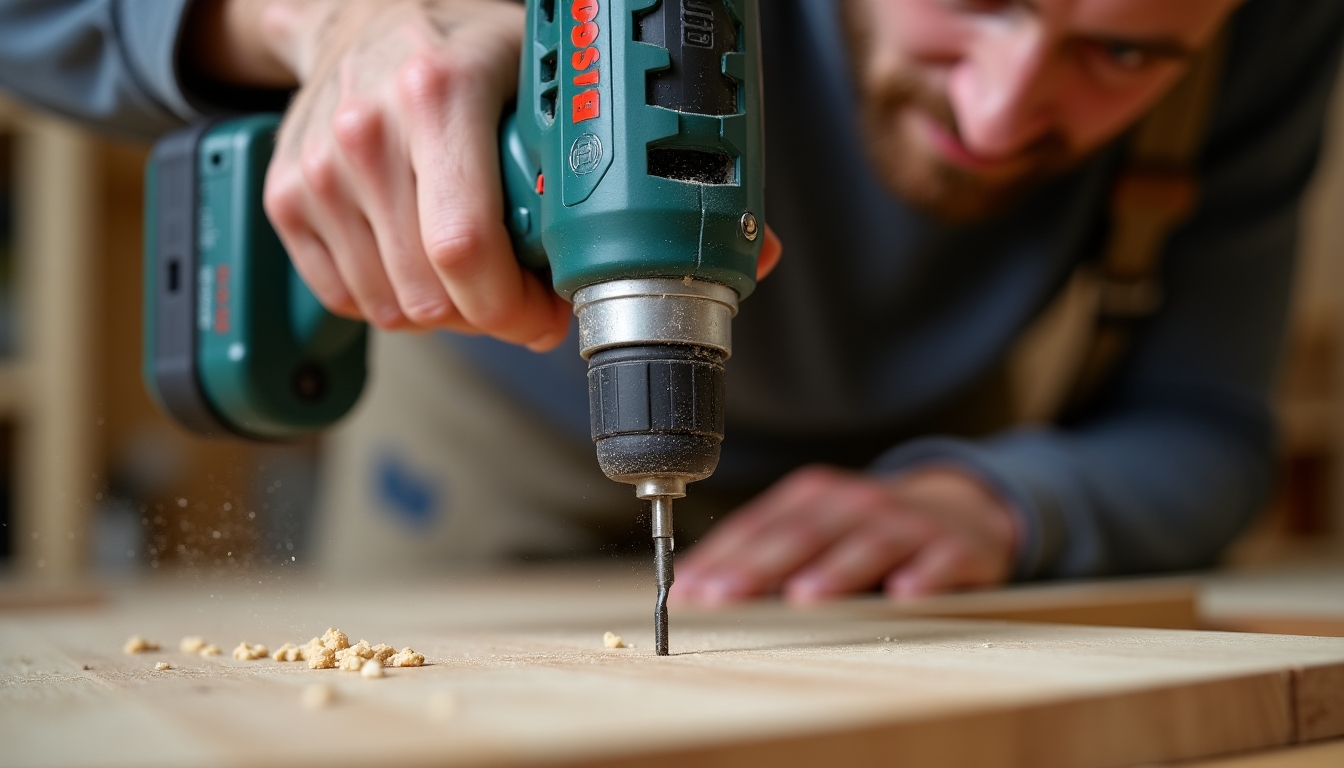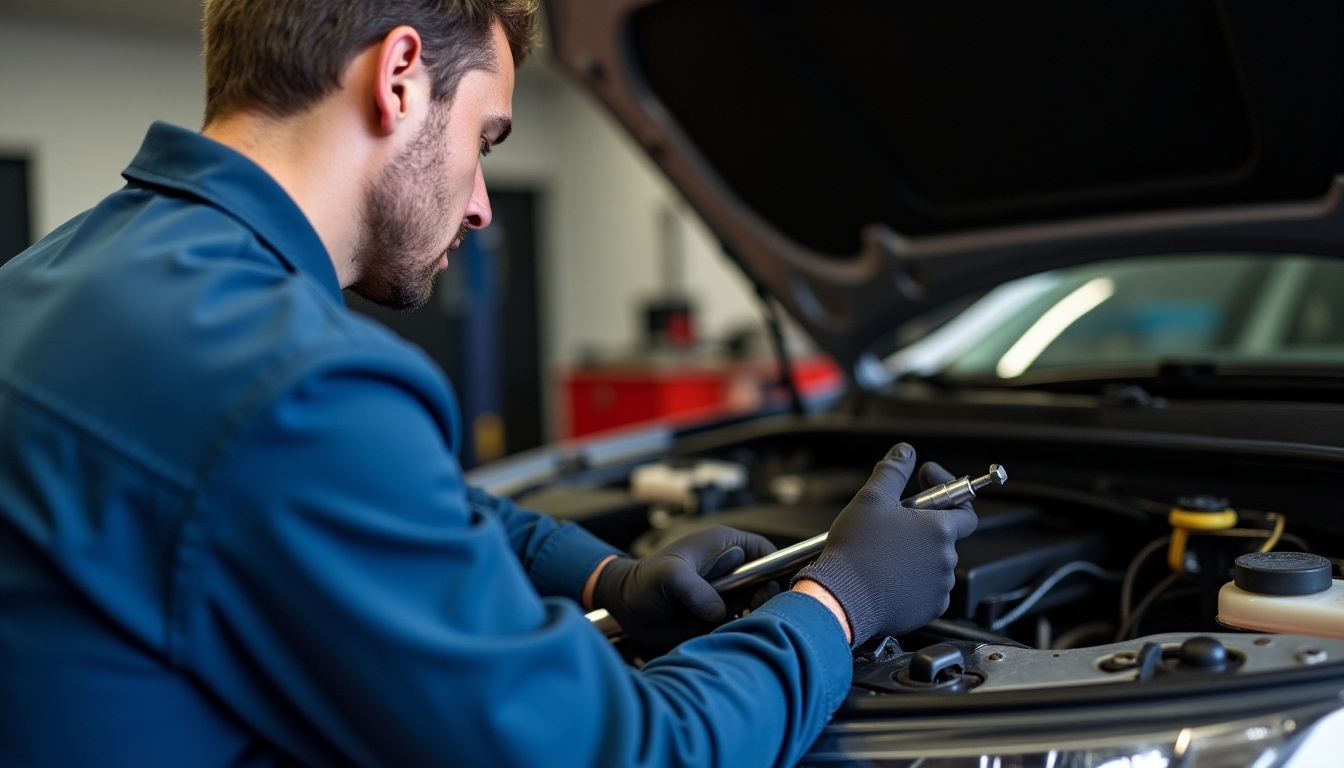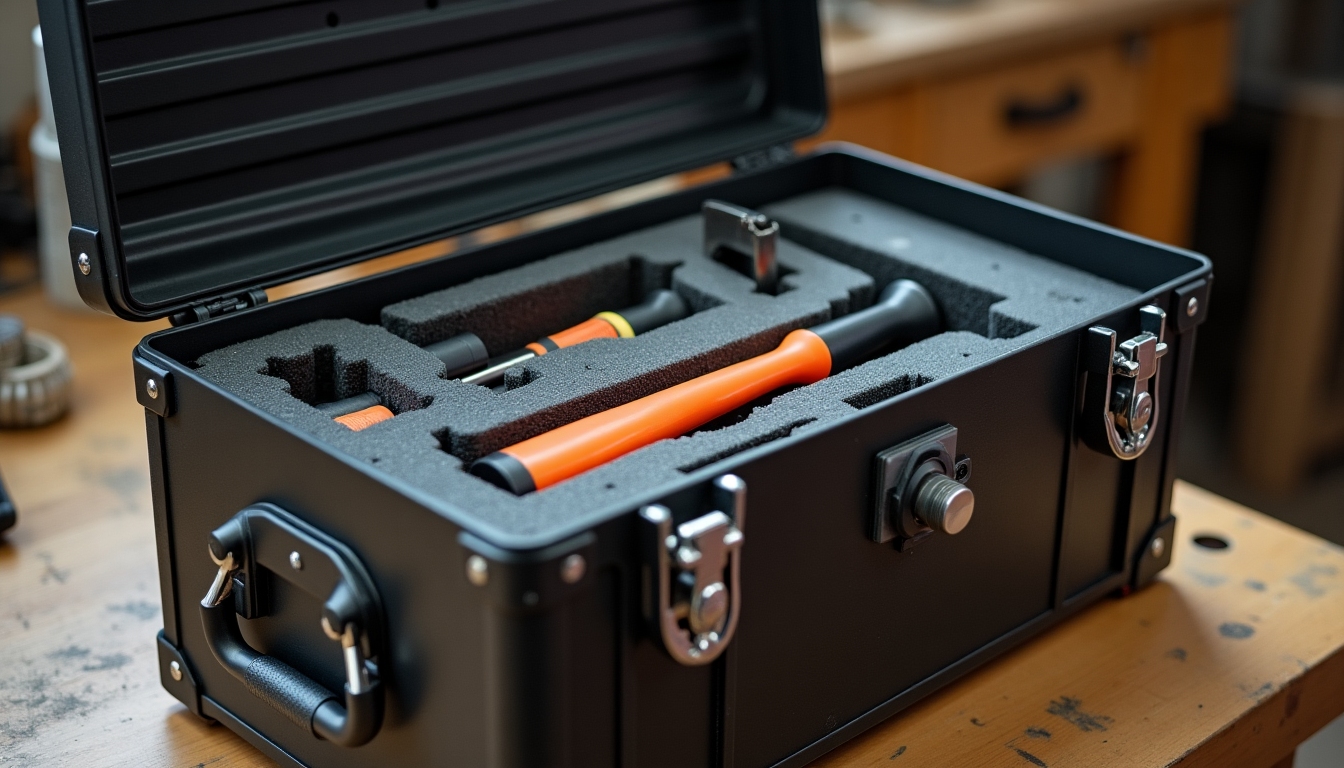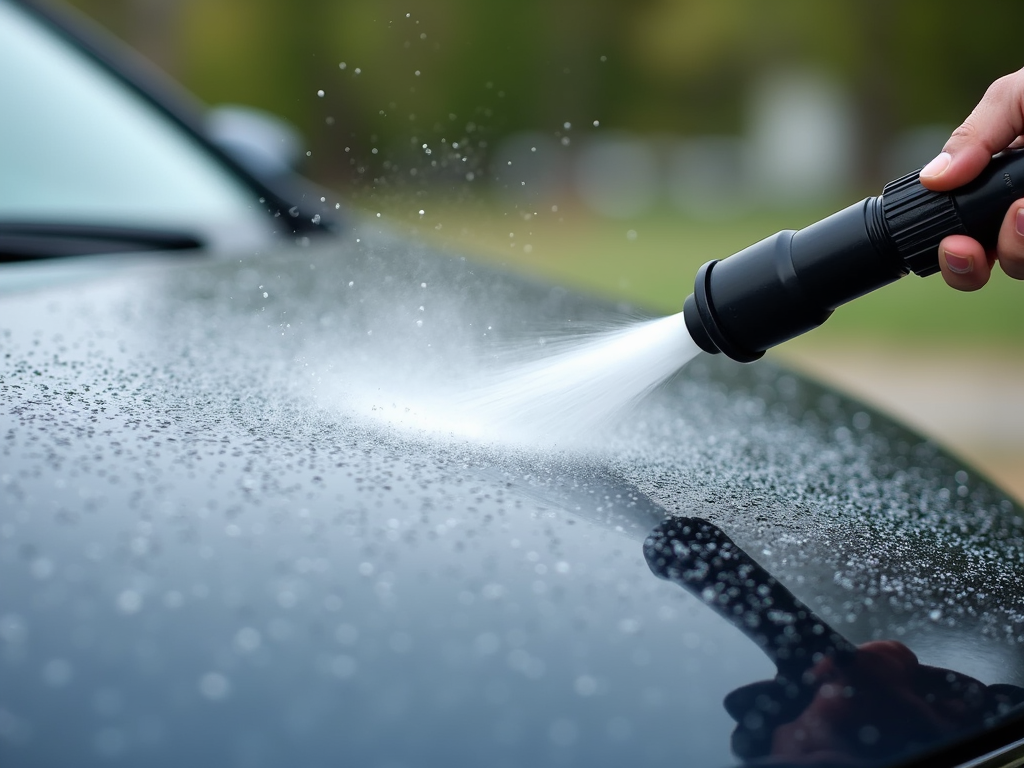Overview
Workman tools are essential for anyone venturing into electrical work. This guide introduces beginners to the key electrical tools needed for troubleshooting and repair, providing insights and tips to help you use them effectively and safely.
Introduction
Whether you're a DIY enthusiast or aspiring to become a professional electrician, having the right tools is crucial. In this comprehensive guide, we'll explore the essential workman tools that every beginner should know about. These tools will not only make your electrical projects easier but also ensure your safety while working with electricity. From measuring devices to cutting tools, we'll cover everything you need to get started.
Multimeter
A multimeter is perhaps the most important tool in an electrician's arsenal. It allows you to measure voltage, current, and resistance, which are fundamental for diagnosing electrical issues. For beginners, understanding how to use a multimeter is a game-changer. It can help you identify whether a circuit is live, check for continuity, and even test batteries.
When choosing a multimeter, opt for a digital one as it's easier to read. Make sure it has a clear display and comes with probes. Practice using it on simple circuits to get comfortable with its functions.
Tip: Always set the multimeter to the correct function and range before taking measurements to avoid damaging the tool or getting inaccurate readings.
For a detailed guide on how to use a multimeter, check out this resource from Fluke.
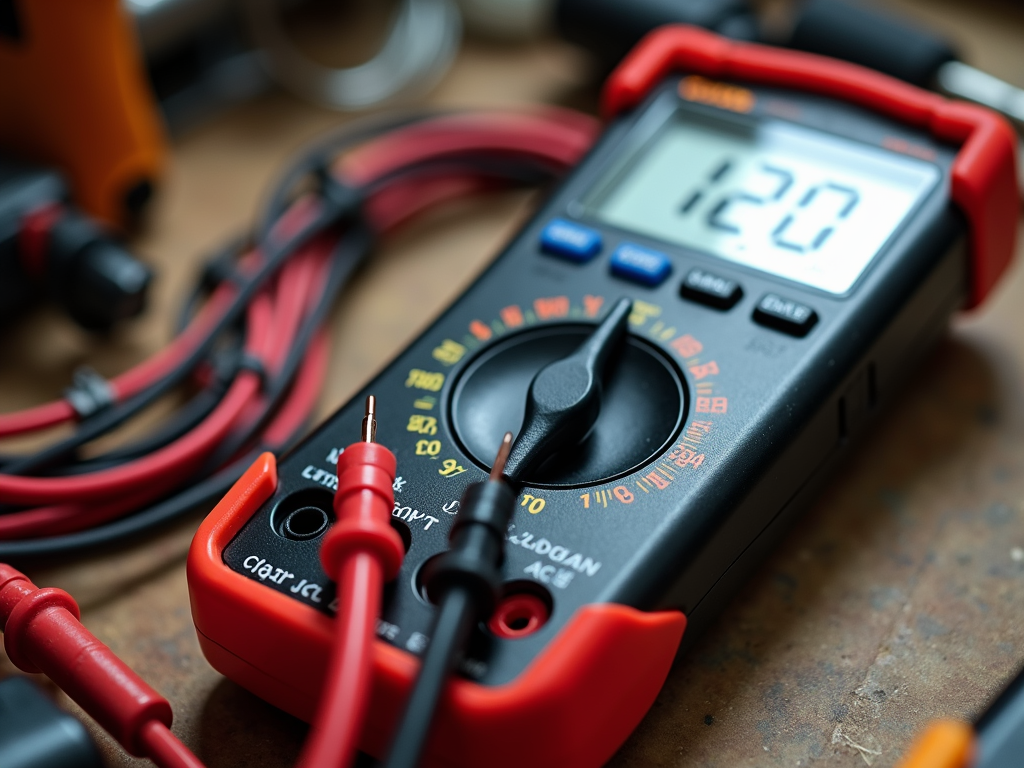
Wire Strippers
Wire strippers are used to remove the insulation from electrical wires without damaging the conductor inside. This is crucial for making proper connections. For beginners, it's important to choose wire strippers that are adjustable or have multiple slots for different wire gauges.
To use wire strippers, select the appropriate slot for the wire size, place the wire in the slot, and squeeze the handles to cut through the insulation. Then, pull the stripper towards the end of the wire to remove the insulation.
Tip: Practice on scrap wires to get the hang of it. Applying too much pressure can nick the wire, leading to potential breakage or poor conductivity.
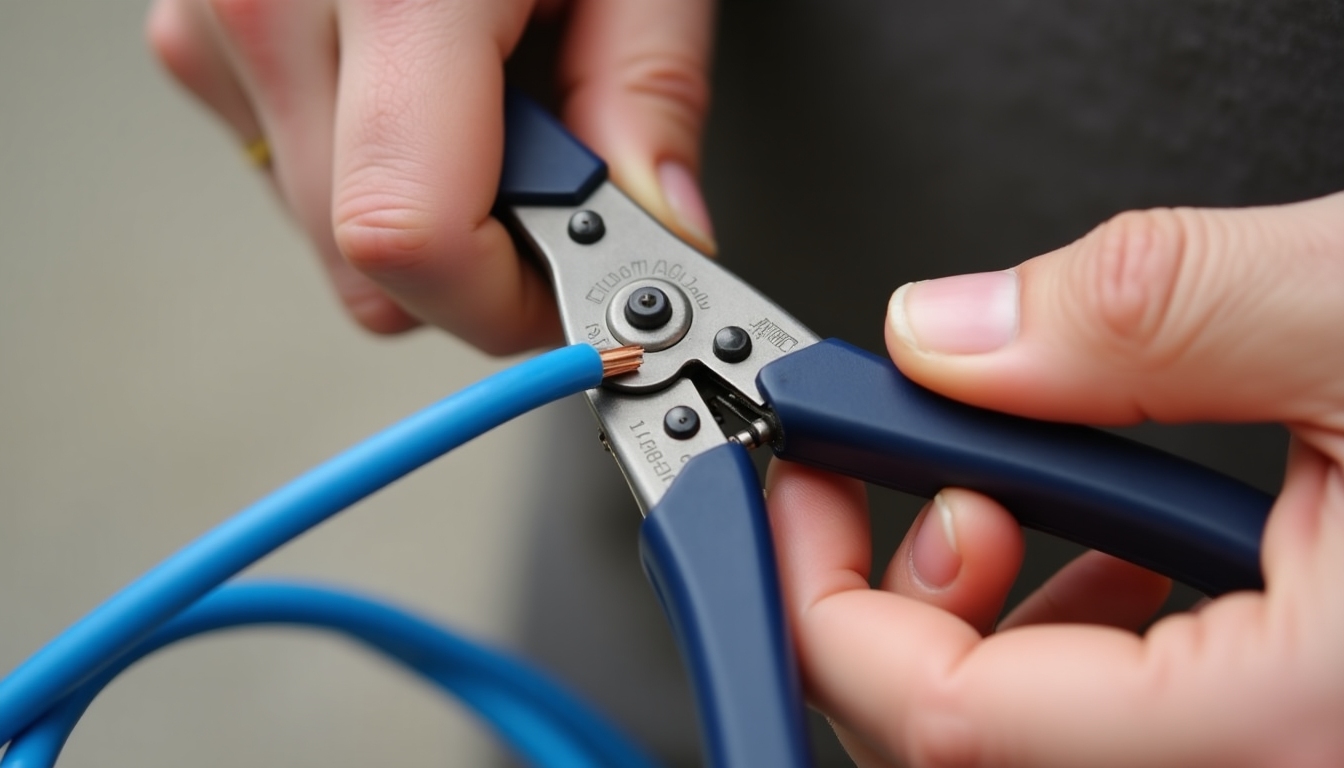
Pliers
Pliers are versatile tools used for gripping, bending, and cutting wires. There are several types of pliers, but for electrical work, needle-nose pliers and lineman's pliers are the most useful.
Needle-nose pliers have long, narrow jaws that are perfect for reaching into tight spaces and bending wires. Lineman's pliers, on the other hand, have a sturdy build and are great for cutting and twisting wires.
Tip: When cutting wires with pliers, make sure to use the cutting edge near the base for better leverage and a cleaner cut.
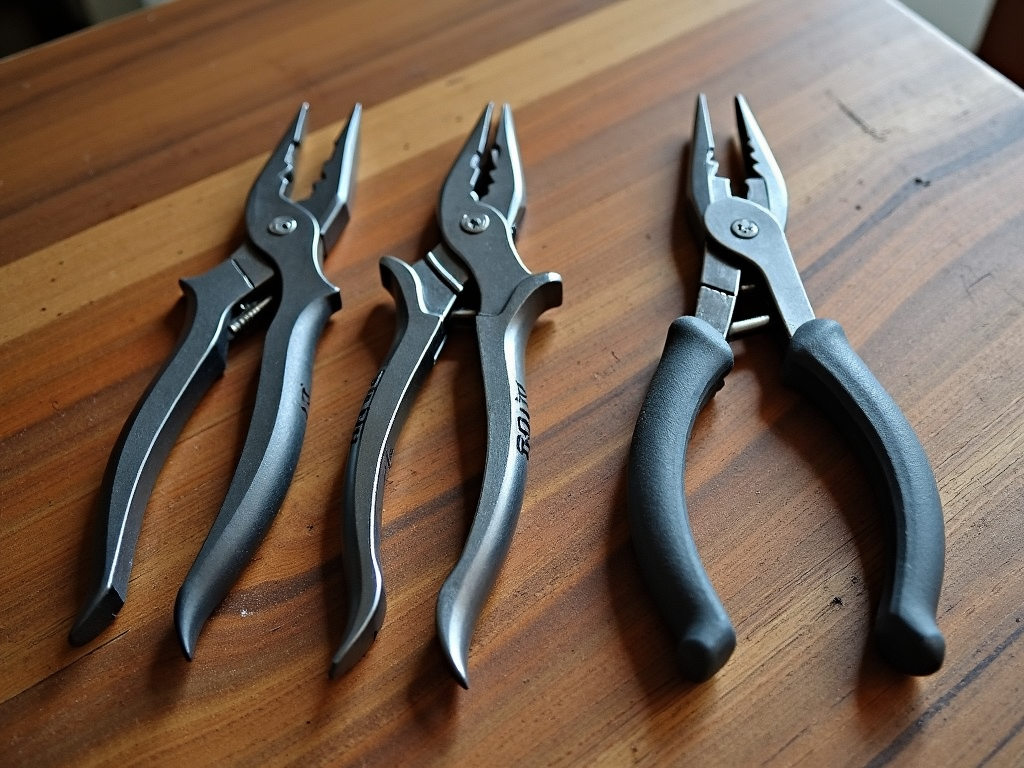
Screwdrivers
Screwdrivers are essential for tightening and loosening screws in electrical devices and panels. For electrical work, you'll need both flathead and Phillips head screwdrivers in various sizes.
It's also a good idea to have insulated screwdrivers, which have a protective coating to prevent electrical shock.
Tip: Always ensure that the screwdriver tip fits snugly into the screw head to avoid stripping the screw.
Voltage Tester
A voltage tester is a simple tool used to check if a circuit is live. It's crucial for ensuring safety before working on any electrical component. There are different types, including non-contact voltage testers that can detect voltage without touching the wire.
To use a voltage tester, simply place it near the wire or outlet. If it lights up or beeps, it means there's voltage present.
Tip: Always test your voltage tester on a known live circuit before using it to ensure it's working properly.
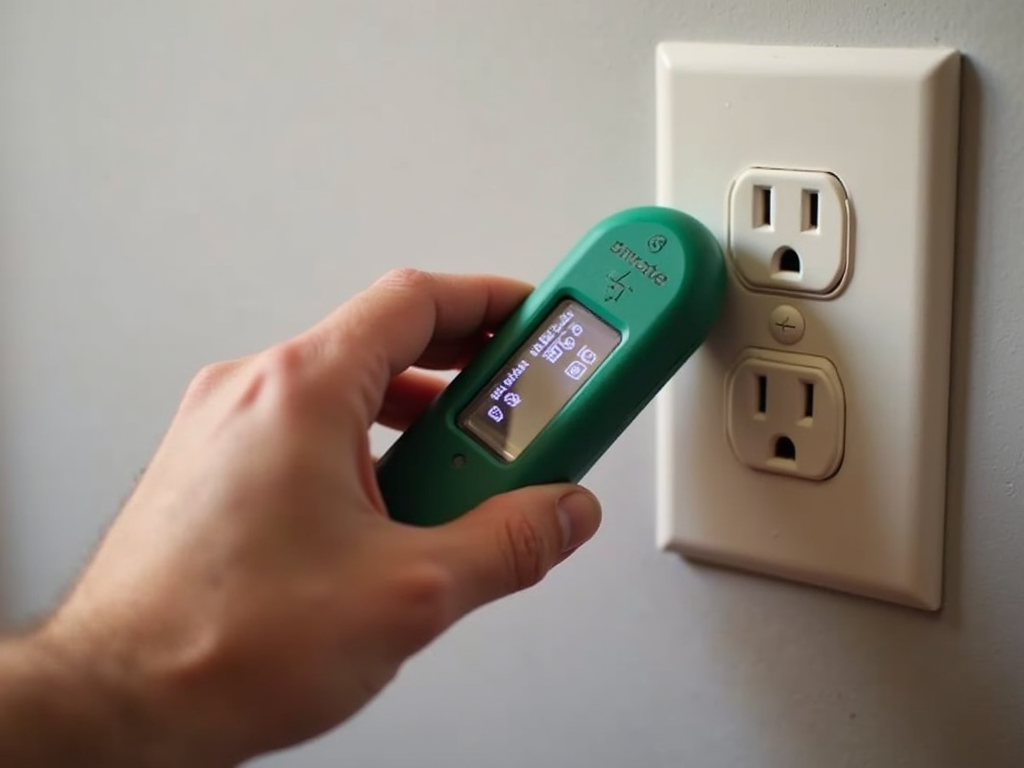
Insulation Tape
Insulation tape, also known as electrical tape, is used to insulate wires and connections, preventing short circuits and electrical shocks. It's flexible, durable, and comes in various colors.
When wrapping a connection with insulation tape, make sure to overlap the tape slightly and stretch it as you wrap to ensure a tight seal.
Tip: Don't rely solely on insulation tape for connections; it's best used in conjunction with proper connectors like wire nuts.
Soldering Iron
A soldering iron is used to join wires and components by melting solder, a metal alloy, to create a permanent connection. For beginners, a basic soldering iron with temperature control is sufficient.
To solder, heat the joint with the iron and apply solder until it flows evenly. Let it cool without moving the joint.
Tip: Practice soldering on scrap materials before working on actual projects to develop your technique.
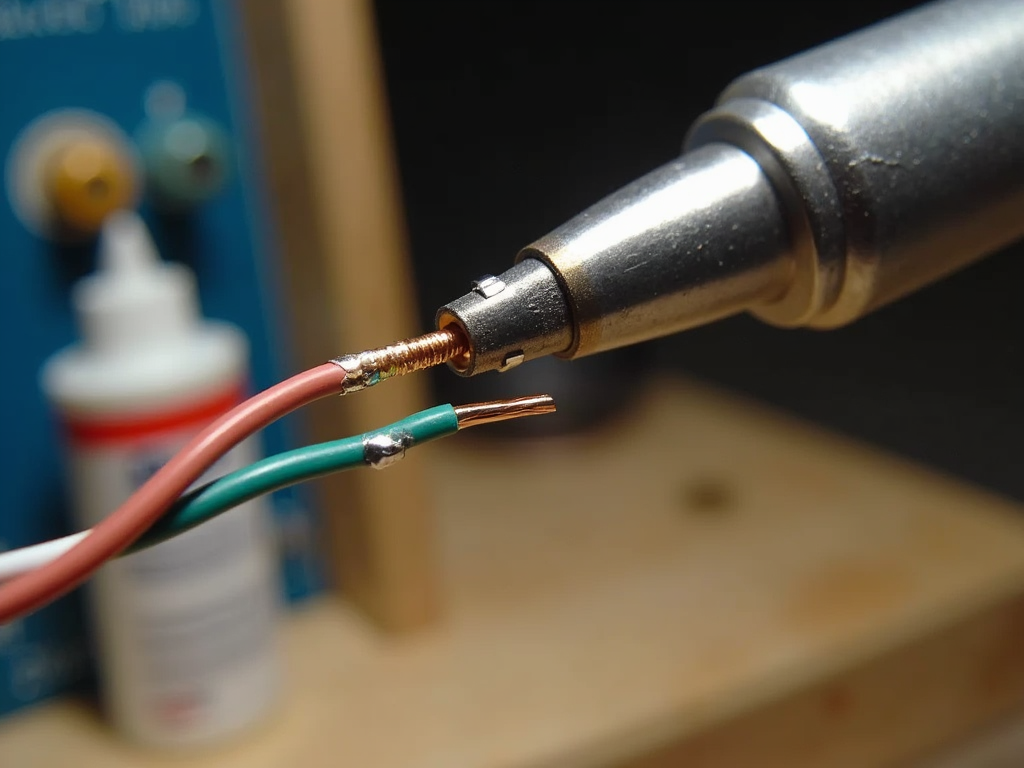
Cable Cutters
Cable cutters are designed to cut through electrical cables and wires cleanly. They have sharp blades and are built to handle the thickness of electrical cables.
When using cable cutters, position the cable as close to the pivot point as possible for maximum cutting power.
Tip: Avoid using cable cutters on materials they're not designed for, like nails or bolts, as this can damage the blades.
Fish Tape
Fish tape is a tool used to pull wires through conduits or walls. It's a long, flexible strip of steel or fiberglass that can navigate through tight spaces.
To use fish tape, feed it through the conduit until it reaches the other end, attach the wires to the tape, and pull it back through.
Tip: Lubricate the fish tape with wire pulling lubricant to make it easier to navigate through the conduit.
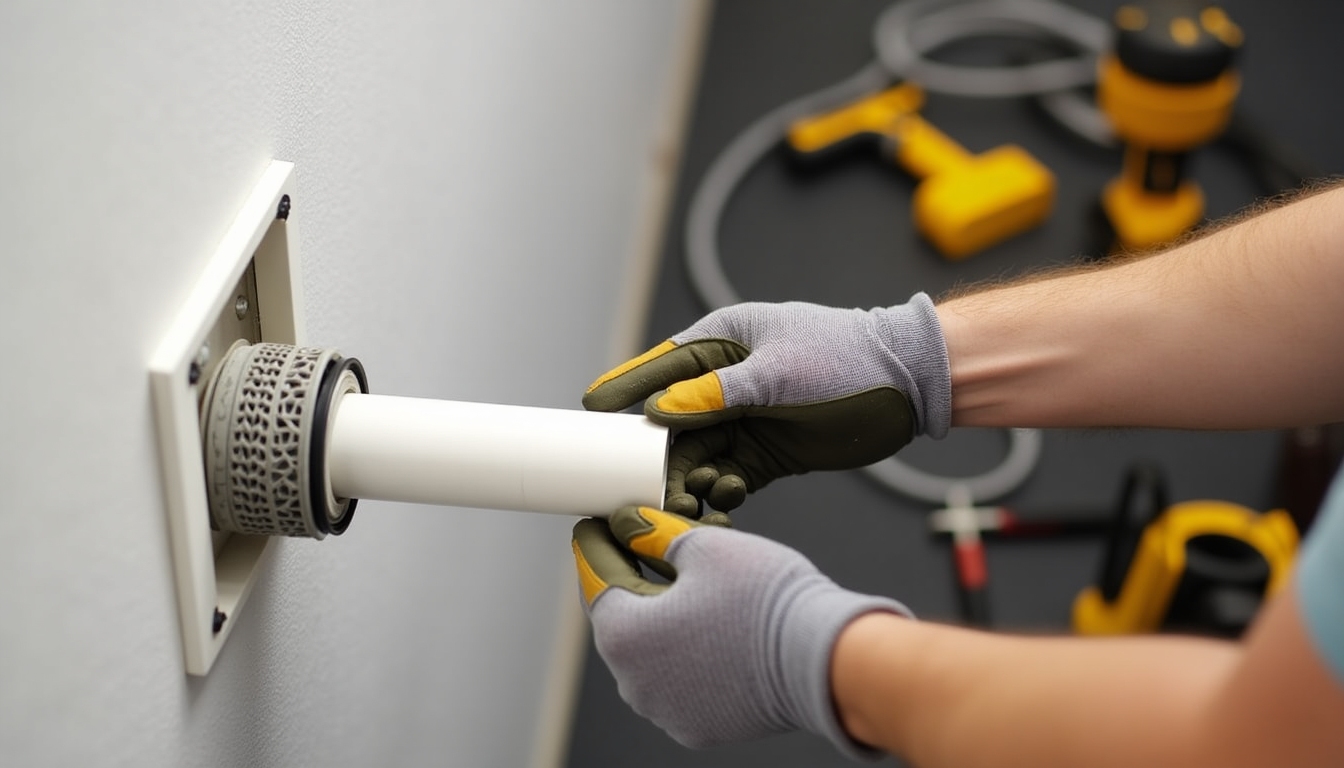
Circuit Finder
A circuit finder, or circuit breaker finder, helps identify which circuit breaker controls a particular outlet or fixture. This is especially useful in older homes where the breaker panel isn't labeled properly.
To use a circuit finder, plug the transmitter into the outlet and use the receiver to scan the breaker panel until it indicates the correct breaker.
Tip: Label your breaker panel as you identify each circuit to save time in the future.
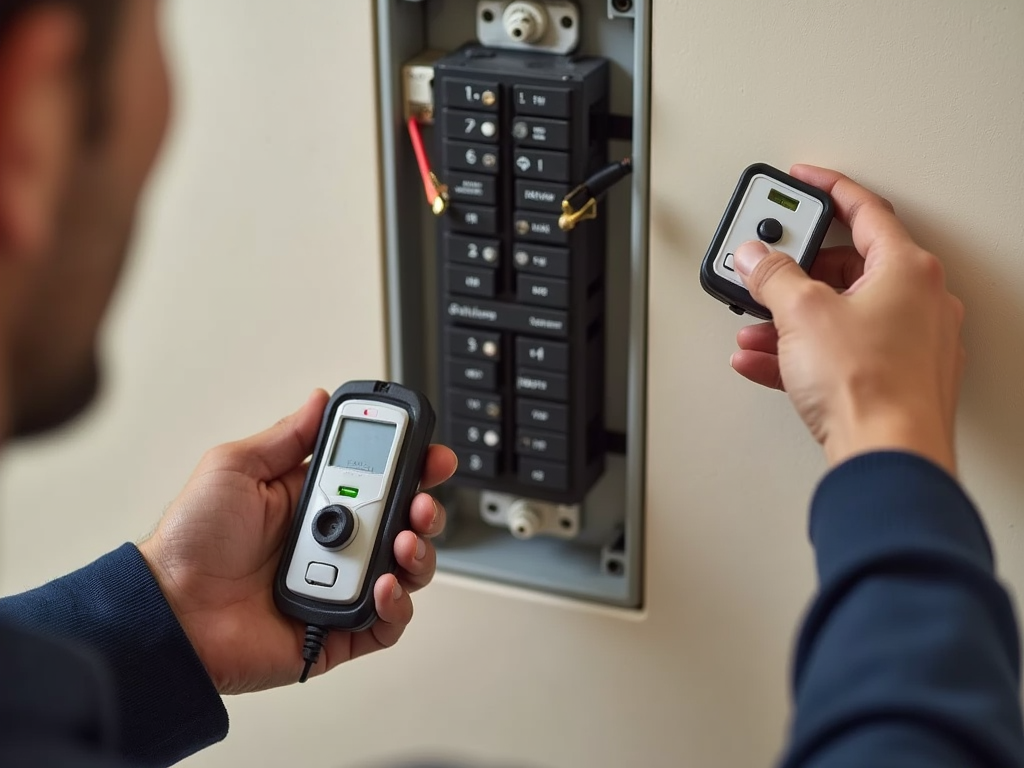
Tips for Using These Tools Effectively
- Always read the user manual for each tool to understand its proper usage and safety precautions.
- Keep your tools clean and well-maintained to ensure they function properly.
- Organize your tools in a toolbox or bag for easy access and to prevent loss.
- Practice using each tool on simple projects before tackling more complex tasks.
- Never work on live circuits; always de-energize the circuit and verify with a voltage tester.
Common Mistakes to Avoid
- Using the wrong tool for the job, which can lead to damage or injury.
- Not wearing appropriate safety gear, such as gloves and safety glasses.
- Rushing through a project without double-checking your work.
- Ignoring safety warnings or instructions.
- Attempting advanced repairs without proper knowledge or experience.
Conclusion
Equipping yourself with the right workman tools is the first step towards becoming proficient in electrical work. By understanding how to use these essential tools for troubleshooting and repair, you'll be better prepared to handle various electrical projects safely and effectively. Remember to always prioritize safety and continue learning as you gain more experience.
Related Comprehensive Guide to Workman Tools for Beginners:
- Comprehensive Guide to Workshop Equipment Maintenance: Tips and Best Practices
- How to Choose the Right Workbench for Your Needs: A Comprehensive Guide
- Top 10 Must-Have Tools for Every Construction Worker
- Power Tool Evolution: A Detailed History
- Mastering Small Space Organization: Tips for Workman Tools
- From Digital to Physical: Using HiDream Image Generator to Plan Your Rotary Tool Projects
- Top 10 High-Quality Workman Tools for Professionals
- Revolutionizing Workshops: What's New in Workshop Tech
- Selecting the Right Tools for Your Automotive Needs
- Hand Tools Storage Solutions: A Comprehensive Guide
- The Ultimate Guide to Cleaning Your Car with a Power Washer
- The Impact of AI on Factory Safety



